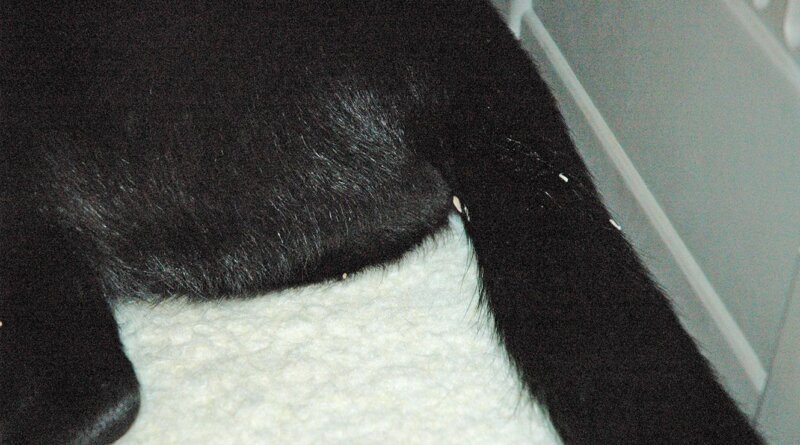Worms in Dogs – Whole Dog Journal
Intestinal parasites – such as roundworms, whipworms, hookworms, and tapeworms – are common in dogs and puppies. Mango worms and cuterebra (pronounced cue-tuh-RE-bra) are fly larvae that infect the skin but are not common parasites.
Roundworms

Roundworms are thin, light tan-colored worms that are about one to two millimeters wide (about 1/16 of an inch) and anywhere from four to fifteen centimeters long (about 1 ½ to 6 inches). One end of the worm is shaped like a spear and the other end is lightly coiled. When alive, the entire roundworm will become tightly coiled like a snake.
Most adult dogs will not exhibit any symptoms when they are infected with roundworm. It’s rare, but some adult dogs may vomit live roundworms or may have roundworms in their poop.
Puppies infected with roundworm will often have a pot-bellied appearance and a dull haircoat. They may have diarrhea that contains mucus. Unlike adult dogs, infected puppies will often vomit live roundworms and have roundworms in their poop.
Whipworms
Whipworms are extremely thin, white worms that are about 4.5 to 7.5 centimeters long (about 2 to 3 inches). The worm resembles a leather whip (like the one used in the Indiana Jones movies). One end of the worm is thick like a whip’s handle and the other end is thin like a whip’s lash.
Dogs who have only a small number of whipworms in their small and large intestines do not typically show any symptoms of whipworm infection. Dogs who are infected with a large amount of whipworms will often exhibit weight loss and diarrhea.
Hookworms

Hookworms are off-white colored worms that are four to five millimeters wide (about ⅛ of an inch) and one to two centimeters long (about ½ to ¾ of an inch). These worms have a hook on one end that resembles a fish hook.
Dogs who have only a small number of hookworms in their small intestines do not typically show any symptoms of hookworm infection. Dogs who are infected with a large amount of hookworms may have dark, tarry stool. Left untreated, these dogs may become anemic, lethargic, and lose weight.
Puppies infected with hookworm will often have anemia that can become life-threatening. These puppies may also be thin and lethargic.
Hookworm can also cause pruritic pododermatitis. Hookworm is often thought of as being an intestinal parasite. But hookworm can also enter a dog’s body through penetration of the skin, typically the underside of the webbing between their toes. Hookworm causes an intense itching when it penetrates the skin.
Tapeworms
Tapeworms are off-white colored worms that are 15 to 70 centimeters long (about 6 inches to over two feet). The part of the tapeworm that most people see in a dog’s poop or on the skin around the anus is the proglottid – a segment of the mature worm that breaks off and is released into the dog’s poop. These proglottids, which resemble small grains of rice and may appear around the dog’s anus, or stuck to his fur near his anus, also contain tapeworm eggs.
Dogs rarely show any symptoms of tapeworm infection. The presence of tapeworm proglottids may cause irritation of the skin around the anus, resulting in a dog scooting his butt on the ground.




